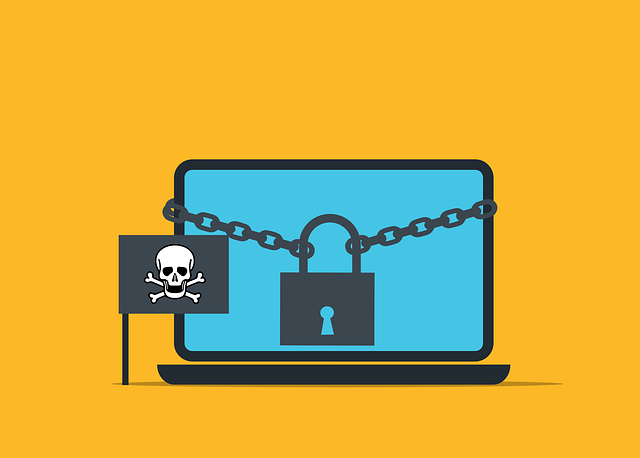In the digital age, data has become the lifeblood of our interconnected world. It fuels our businesses, powers our technologies, and shapes our daily lives. But as data flows freely across networks, it also becomes a prime target for cybercriminals. The recent ransomware attack on Gen Digital, the parent company of cybersecurity giants like Norton, Avast, LifeLock, Avira, and AVG, is a stark reminder of this reality. The attack, which exploited a zero-day vulnerability in the MOVEit Transfer managed file transfer software, compromised the personal information of Gen Digital’s employees, shedding light on the ever-present threat of cyberattacks.
The Anatomy of the Attack
The MOVEit ransomware attack was not a random act of cyber vandalism. It was a calculated and coordinated assault orchestrated by the notorious Cl0p ransomware gang. The gang exploited a critical-severity SQL injection, tracked as CVE-2023-34362, in the MOVEit Transfer software. This vulnerability was not an overnight discovery; evidence suggests that the attackers knew about the flaw or tested it as early as 2021.
The exploitation campaign targeting the zero-day vulnerability began in late May. The attackers did not just stumble upon this vulnerability; they exploited it with precision and efficiency, demonstrating a high level of technical expertise and strategic planning. The attack compromised the personal information of Gen Digital’s employees, including names, addresses, birth dates, and business email addresses. However, Gen Digital confirmed that there was no impact on its core IT systems, services, and no customer or partner data was exposed.
The Response: Swift and Decisive
Upon learning about the attack, Gen Digital acted swiftly to protect its environment and investigate the potential impact. The company remediated all known vulnerabilities in the MOVEit system. This rapid response underscores the importance of having a robust incident response plan in place. When a breach occurs, every second counts, and a swift, decisive response can significantly limit the damage.
Despite the swift response, some personal information of Gen employees and contingent workers was impacted, which included information like name, company email address, employee ID number, and in some limited cases home address and date of birth. This incident serves as a reminder that even with the best security measures in place, no organization is completely immune to cyberattacks.
The Larger Picture: A Global Threat
The MOVEit ransomware attack is not an isolated incident. It is part of a larger cyberattack believed to be carried out by the Russia-based Clop ransomware gang. The gang has targeted more than 100 organizations so far, including several U.S. government agencies, airlines, media companies, and more. This wide-ranging attack campaign underscores the global nature of the cyber threat landscape.
Lessons and Recommendations: Building a Stronger Defense
The MOVEit ransomware attack underscores the importance of robust cybersecurity measures. File-transfer platforms are prime targets for attackers since they often contain sensitive data. It’s advised to never directly expose apps like MOVEit Transfer to the internet in cloud environments. Instead, place the app behind a VPN, a reverse proxy, or a single sign-on (SSO) landing page. This strategy can help mitigate the effect of potential attacks exploiting vulnerable or misconfigured application endpoints.
Moreover, the incident highlights the importance of continuous monitoring and timely patching of systems. The MOVEit Transfer vulnerability was a zero-day, meaning it was unknown to the software developers at the time of the attack. Once discovered, it was crucial to apply patches as soon as they became available to prevent further exploitation.
In addition, organizations should consider implementing a robust data protection strategy. This includes encrypting sensitive data, regularly backing up data, and educating employees about cybersecurity best practices. Employee training can be particularly effective in preventing phishing attacks, which are often the entry point for ransomware.
Finally, organizations should have a comprehensive incident response plan in place. This plan should outline the steps to take in the event of a breach, including identifying and isolating affected systems, investigating the breach, notifying affected individuals, and reporting the incident to relevant authorities.
Conclusion: Staying Vigilant in the Face of Cyber Threats
The Norton Parent ransomware attack serves as a stark reminder of the ever-present threat of cyberattacks. As we move forward in this interconnected digital world, it’s crucial to stay vigilant, keep our systems updated, and follow best practices to safeguard our digital assets. Cybersecurity is not a one-time effort, but a continuous process that requires ongoing attention and adaptation in the face of evolving threats.

